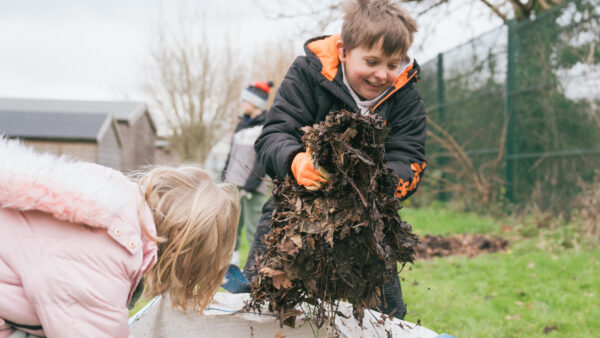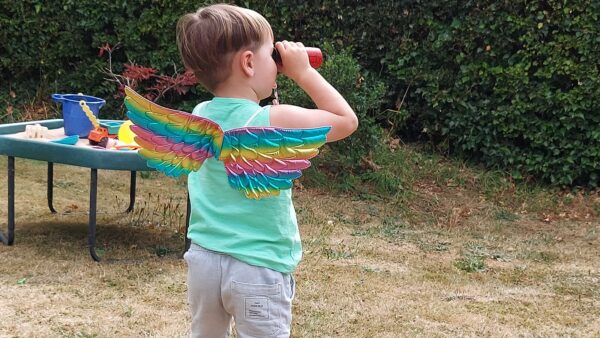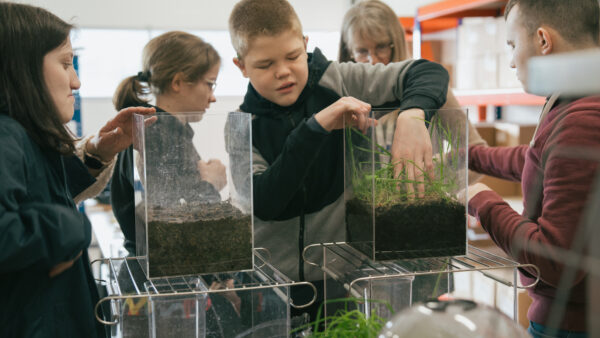Braille is often the first alternative format that springs to mind when creating accessible information. It is easier and cheaper to produce than many people expect and should form a part of any piece of accessible information.
Just because many braille readers would ordinarily visit a destination with another person does not mean that the other person shares their interest in the contents of an interpretation sign or a guidebook. Providing braille materials pre-visit and during a visit enables a visually impaired visitor to gather information at their own pace, without relying on a sighted person to read everything for them.
Braille facts
- There are approximately 12,000 braille readers in the UK.
- Braille has two levels. Grade 1 is a letter by letter translation. It can be read by all braille readers but is regarded as too simplistic and laborious by some. Grade 2 uses contractions for common words. It takes up less room and is quicker to read. Grade 1 should be used for single words, for example tactile instructive signs and Grade 2 for longer texts
- The RNIB offers very affordable transcription services. This is a cheaper option than buying an embosser (£1,500-£10,000) and going through training
- Braille takes up more room that other text. One page of text (approx. 400 words) translates to between two and three pages of braille.
- The Royal Mail can deliver and return braille documents free of charge under the Articles for the Blind scheme. For more information contact the Royal Mail. This is particularly useful for distributing pre-visit information as well as longer texts that require more time to read. No one wants to spend most of their visit reading your Welcome Guide.
- The symbol for braille is six dots laid out in two columns of three
Producing braille
- As with all accessible information always plan production as early as possible. Do not leave production until the last minute after a publication has come back from the printers.
- Allow at least a couple of weeks for production.
- Be prepared for some editorial changes if they are needed. For example, the structure of a document might need to be clarified, a table of contents added or visual references resolved.
- Make sure that your staff know what information is available in braille and how to send it to people.
- Include descriptions of images that might be used to illustrate a point or a theme.
Braille on signs and maps
Inside a building it is relatively easy to use braille effectively to assist visually impaired people to find their way around. The Sign Design Guide includes guidance for the consistent placing of braille at lifts and on doors for example. Outdoors it is a little trickier of course because the user has to find the sign before they can read it. It is possible to alert a visually impaired visitor to the presence of the sign by using a textured path surface. It is best to plan for visually impaired visitors that will be visiting as a part of a group or with family or friends. In these instances including braille on an existing sign at a point of interest will enable a visually impaired visitor to gather information at their own pace.
Using a tactile map to find your way around is a tall order but these tactile resources allow visually impaired visitors to understand a site, its scale and its general layout, even if they cannot actually make their way around.
In brief
- Braille is an affordable, easily produced piece of accessible information
- The RNIB offer translation services
- Once you have produced your braille resource make sure that the people that receive enquiries know where it is and what to do with it
- Explore other ways of communicating through touch with tactile models and using textures
More information and help
The Braillists Foundation is a grass-roots community group connecting braille readers with braille technology developers and funders.
RNIB have a range of information on learning and using braille



